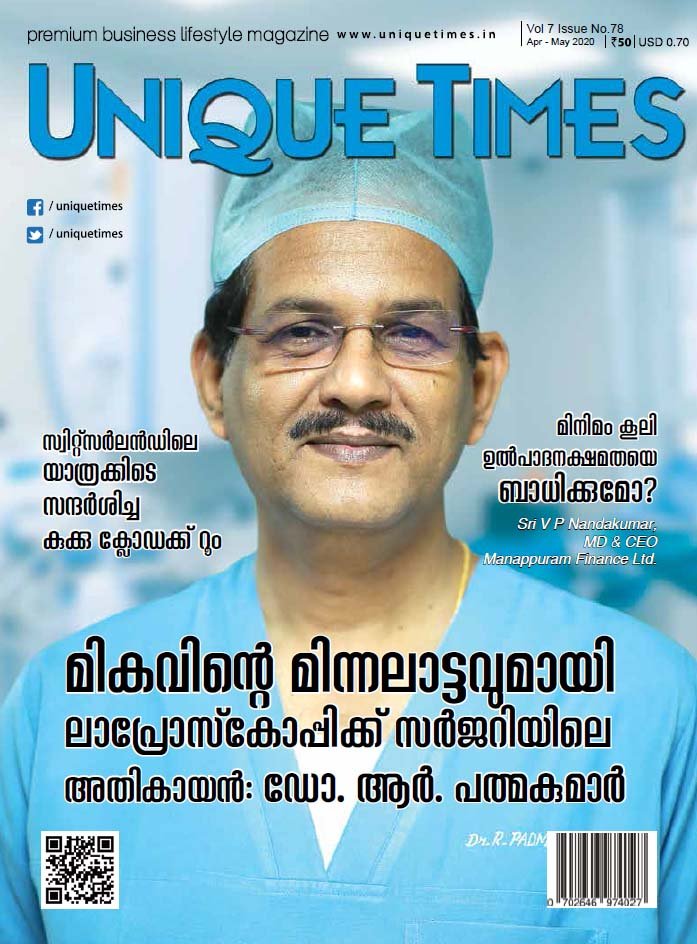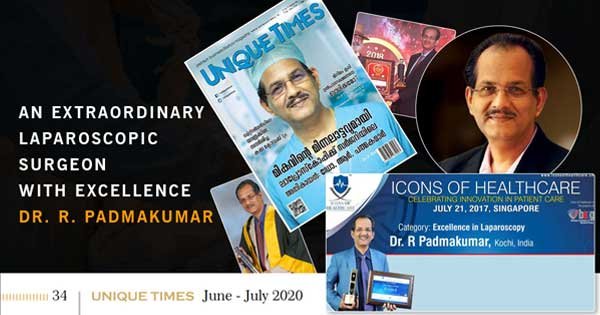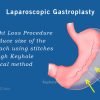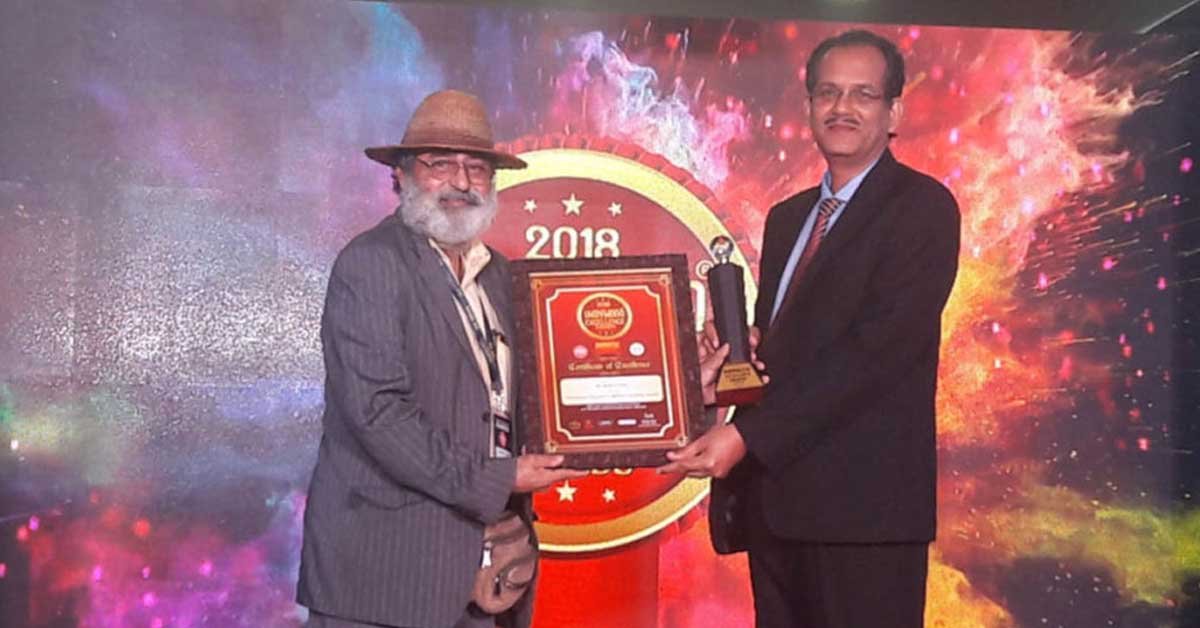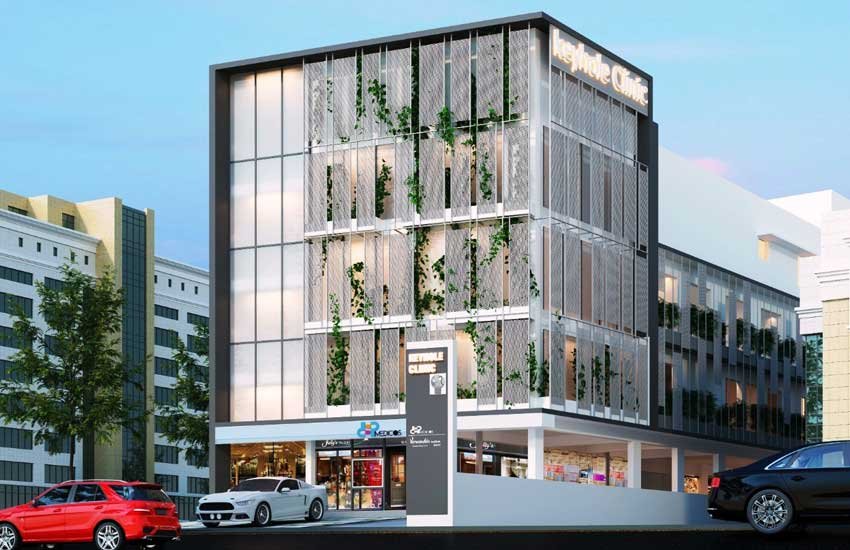Intragastric Balloon or Gastric Balloon Placement for Weight Loss
Intragastric Balloon Placement is placing a deflated balloon in the stomach using endoscopy and then filling it to decrease the amount of intragastric space. It can be left in the stomach for a period of 6 months and results in average weight loss of 10-15 kg in half a year. It may be used in patients who are overweight and not coming to the category of sleeve gastrectomy.
If you suffer from Metabolic Syndrome and have tried various treatments without results, metabolic surgery may be indicated. At present, surgery combined with behavioral changes is the only documented method for achieving long lasting weight loss for patients with morbid obesity.
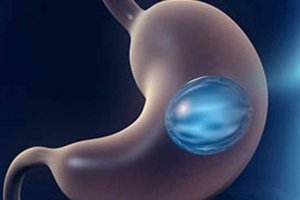
A silicon balloon is placed in the stomach, under endoscopic guidance. A gastric balloon aims to reduce feeling of hunger and helps to feel fullness of stomach. The intragastric balloon device is not considered a permanent weight loss procedure. There are different types and sizes of balloons in the market. All balloons are temporary and need to be removed after a period of time (6-12 months).
Indications for Intragastric Balloon Placement or IGB
- More than 30 BMI – obesity class I (BMI 27.5 – 32)
- Class II obesity (BMI 32-37) in whom surgery is not possible due to medical conditions or patient’s dislike for surgery.
- In Morbidly obese (BMI > 37) as a procedure before bariatric surgery to reduce surgical morbidity.
- Any patient with an excess weight of 10 -20 kg (BMI 23-27.4), with failed dietary measures especially in cases with PCOD (Polycystic Ovarian Disease) and infertility.
Multidiscipilnary Approach – Bariatric Team for Intragastric Balloon Placement
The insertion of balloon does not require surgery. You will be supported by a multidisciplinary team that includes a bariatric surgeon, a gastroenterologist, a dietician and an anaesthesiologist.
Doctor consultation helps in
- Assessment
- Guidance
- Discussion about various procedures. You may ask any questions that you feel are necessary.
- The team confirms that intragastric balloon is a good option for you.
After this you may be advised investigations and consultations that are felt necessary for the assessment of your health condition.
Intragastric Balloon Placement – Preprocedural Evaluation
- Hemogram, RBS, HbA1C
- Liver function test, Lipid Profile, Thyroid function test, Renal function test
- S. Calcium, S. Magnesium
- S. Cortisol, Blood Group
- Hbs Ag, HIV I & II, Anti HCV, VDRL , Urine RE
- C peptide fasting, C peptide 1 hr pp, Insulin fasting
- GAD Antibodies , IA2 Antibodies (in diabetic patients)
- ECG, X-Ray Chest PA, USG abdomen, Dexa Scan.
Consultations:- Anesthesia, Cardiology, Counseling, Diabetology, Dietician
Swallowable Gastric Balloon
The balloon is placed in the stomach by swallowing a vegetable-based capsule that contains the deflated balloon. We generally use the Allurion Swallowable Gastric Balloon. The balloon is connected to a long, thin tube. Once the capsule has entered the stomach, an X-ray is used to confirm the correct position of the capsule.
The doctor then uses the tube to fill the balloon with liquid and then a second X-ray will confirm the balloon is correctly filled. Once the balloon is filled, your doctor will gently remove the tube.

Endoscopic Placement of Intragastric Balloon
Your doctor does an endoscopy under mild anesthesia with a flexible tube equipped with a camera to see the inside of the stomach. If there is no local disease during endoscopy he sets up the intragastric balloon in the stomach. We regularly use ORBERA365 weight loss balloon, which is placed and removed endoscopically. It lasts for one year. The gastric balloon consists of a silicon elastomer based material, which is soft and pliable. The balloon is inserted uninflated through the mouth and taken down the esophagus. It is coated with a local anesthetic to facilitate the passage.
Once the balloon is in the stomach, it is filled with a sterile saline solution colored in blue (BIB system) or air (Heliosphere system), through a catheter attached to the balloon. When a balloon is filled, the doctor gently pulls on the inner end of the catheter to remove it. The balloon has a self-sealing valve that prevents the leakage of liquid or air. The balloon floats freely in the stomach. The procedure time is about 20 minutes. You will be monitored in the hospital for a few hours before returning home (Generally overnight).
Medications
During the initial days of the insertion of the balloon, nausea, vomiting, abdominal pain, acid reflux are common. Your doctor would prescribe medications to minimize gastritis. Medicines for nutritional supplementation/ multi-vitamins may not be generally needed. You can contact the doctor during the following days. You have to have food as prescribed by the dietician. It is important to drink more water to avoid dehydration. Some patients take a light meal. A radiograph of abdomen or abdominal ultrasound is rarely indicated for persistent abdominal pain. Nutritional assessment is done after one month and three months. A consultation (in person or by phone) every month will be scheduled. The consultations help to assess the progress of weight loss.
Dietary Counseling
The first consultation is scheduled a week later. Nutritional and behavioral modification is the key to loose weight and keep it off after removal of the balloon. Your physical activity is evaluated and diet is adjusted to your body needs and profession. A psychological treatment may be necessary in case of eating disorders.
Gastric Balloon Withdrawal
Intragastric balloon is removed when:
- Weight loss is adequate.
- 6-8 months time
- Spontaneous rupture
- Patient not tolerating
Removing the balloon is carried out after 6 months. The balloon is no longer effective because the stomach has adapted to it. The gastric secretions make it porous and then it can deflate. The gastric balloon is removed the same way it has been introduced – through the esophagus and mouth – without surgery. The removal is performed under mild general anesthesia under endoscopic control. The removal lasts around 15 minutes. The balloon is punctured and the fluid or air is removed and then the empty balloon is brought outside.
Complications:
No major complication. Nausea and vomiting during the first week in 7.4 % which settles itself
Frequently Asked Questions
How much weight can I lose with gastric balloon?
The balloon is an effective aid for losing weight in combination with diet and eating behavior modification program. Dietary counseling is done monthly and sometimes more frequently if needed. The weight you lose will depend on your motivation and the quality of diet. The balloon is not an appetite suppressant. This an effective aid for the modification of habits and eating behavior. The weight loss is between 10 and 20 kg for 6 months when the balloon is in place. After its removal the weight maintenance and prevention of weight regain will depend on how you adapt long-term lifestyle changes in eating and exercise. It is therefore important to continue the diet plan after removal of balloon.
Our Result
Average weight loss:- 15 to 20 kg
- Diabetes, Hypertension, Dyslipidemia
- Complete resolution: – 50%
- Reduction of medicines: – 50%
- Rate of PCOD resolution with positive pregnancy is excellent
- Sleep apnea (Snoring) very good control
About Dr. R. Padmakumar
Dr. R. Padmakumar is one of the Best Hernia Surgeon in India. He has been changing lives through Keyhole Surgery. He has got more than 30 years of hands-on experience in laparoscopic Surgery in major hospitals across India and has completed more than 7000 cases of Laparoscopic Hernia Surgeries. Dr. Padmakumar has trained more than 300 surgeons from all over the world the art of laparoscopic surgery especially Laparoscopic Hernia Surgery. Dr. Padmakumar is also hailed as one of the Best Bariatric Surgeon in India & UAE. He is renowned for new and improved treatment techniques and the first in the World to perform Scarless Bariatric Surgery with Tummy Tuck / Abdominoplasty. He is also one of the very few thyroid surgeons in India doing Endoscopic Thyroidectomy (scarless thyroid surgery).
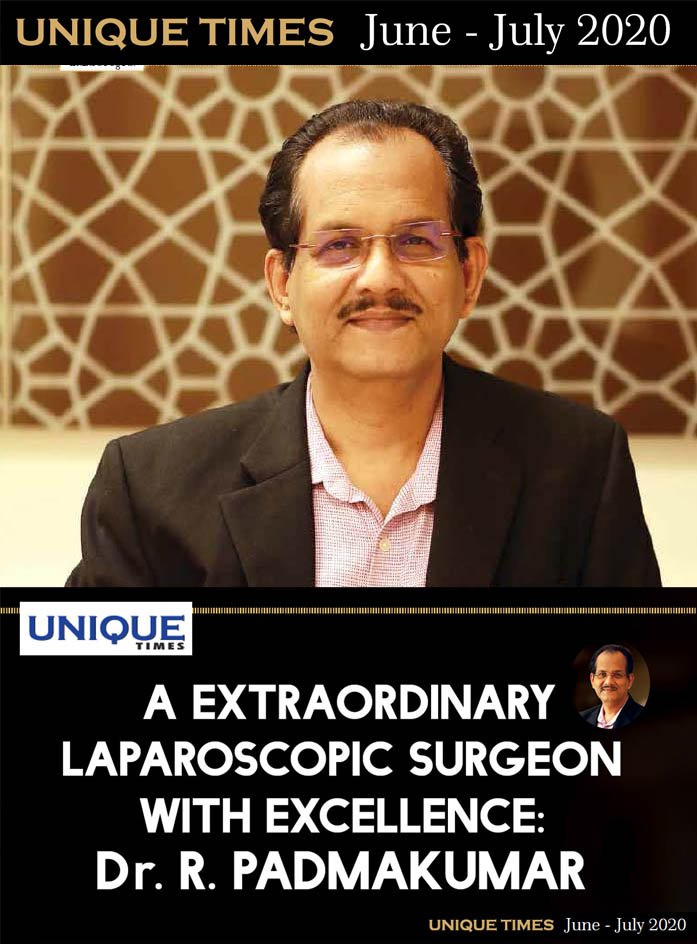
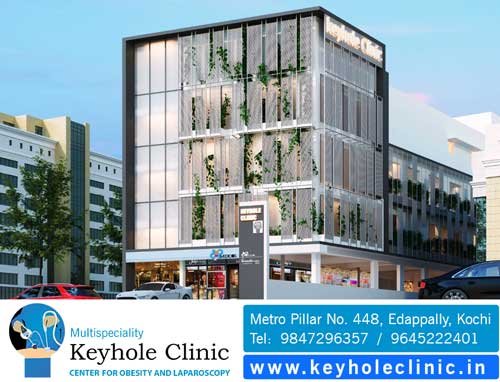
-
Anal Fissure Treatment
- Piles / Hemorrhoids Treatment
- Varicose Veins Treatment
- Laser Treatment for Varicose Veins
- Diabetic Foot Treatment
- Gynaecomastia
